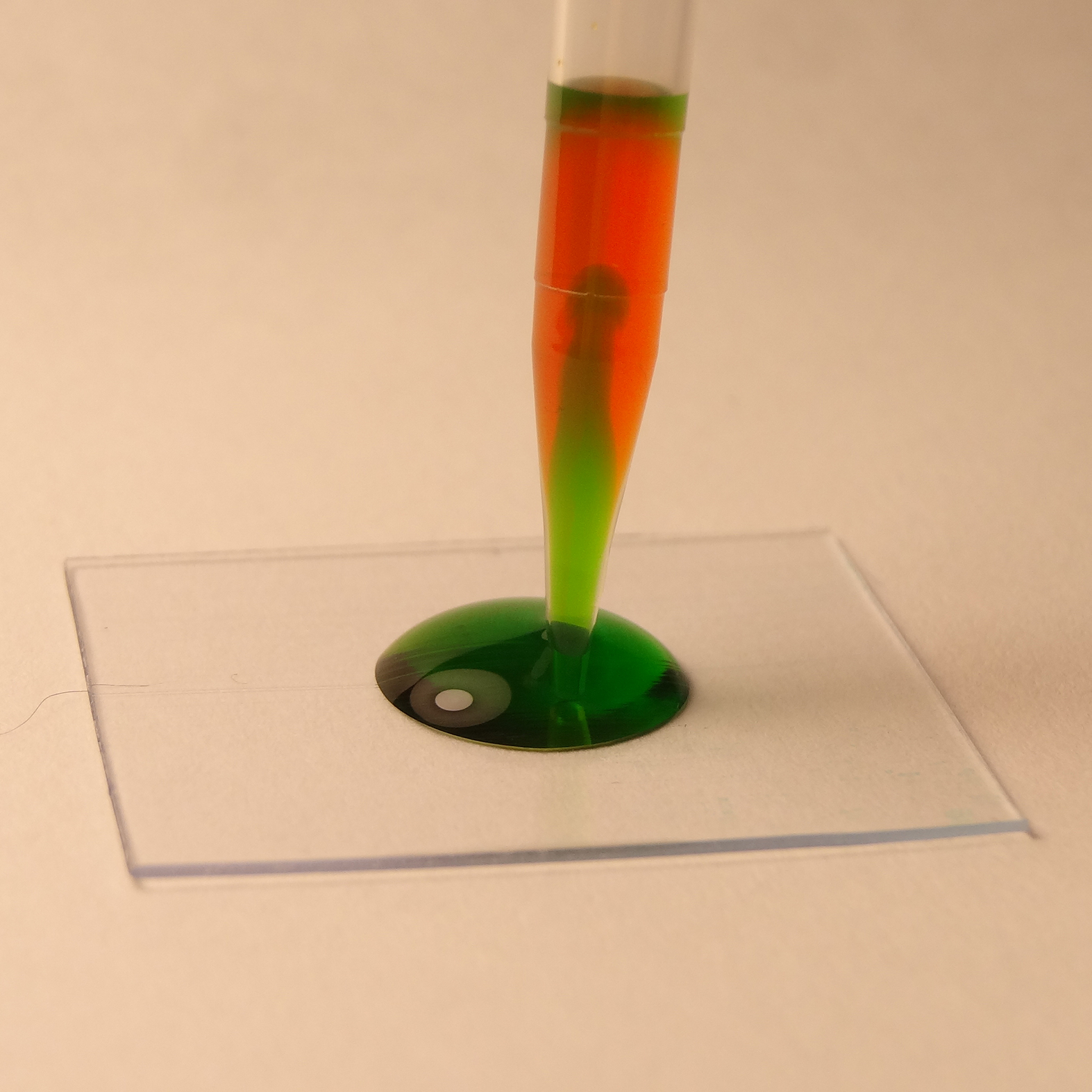
15 Dec Holiday Cocktail Conversation
If a medical device processes a patient sample, then it is almost guaranteed that the sample will have to be mixed at some point with various reagents which help process the assay. And though James Bond may have had strong feelings on the proper way to mix a martini, samples and reagents can be mixed in many different ways. In fact, both shaking AND stirring have their moments. So how do you choose the right method?
Start with this question: are you dealing with small, microfluidic volumes or larger volumes? If the sample and reagents are small enough that they can’t easily be poured out of a cup, then your primary challenge with mixing them is often battling surface tension. Small amounts of fluid like to stay together, and getting two 50 uL drops of fluids to want to join can be tricky. When you get to this scale, there are a few tricks you can leverage. If the fluids are in a microfluidic chip, they can be pumped back and forth to encourage diffusion and laminar mixing. Alternately, an automated pipette tip can aspirate and dispense the mixture multiple times, creating this same type of accelerated diffusion. Biologists and chemists have been using this trick in the lab with hand held pipettors for years, and it works equally well on robotic fluid handling systems.
As fluid volume increases and you leave the world of microfluidics, mixing is less encumbered by surface tension effects. For test tube-sized volumes, vortexing the container can create dramatic mixing effects in seconds. For even larger volumes, magnetic bar stirrers are a tried and true method of stirring.
And just as the cocktail world continually evolves traditional drinks into new concoctions, innovation in mixing fluids on a medical device can be found by reaching back to old established methods and adjusting their flavor. For example, two part epoxies often come sealed in separate compartments of a flexible bag and are mixed by rupturing the dividing seal and kneading the bag. This form of packaging have been around since the 1950s. Recently, molecular diagnostics companies have repurposed this traditional method for sample and reagent handling. Pre-packaged reagents can be combined with a sample and pumped back and forth through a channel by manipulating flexible portions of the cartridge. Air pressure or physical actuators can be the driving force for expanding and contracting these compartments, just like kneading two part epoxy.
As the designer, you have the opportunity to mix and match combinations of magnets, channels, pumps, paddles and pipettes to produce an elegant method of mixing a unique sample/reagent cocktail. Probably best to avoid imbibing though! Bring us your tough mixing challenges, and we’ll show you how to mix things up.
- Designing a COVID-19 Cartridge and Test Platform - February 24, 2021
- Quick Thinking: Hyper-Rapid Prototyping - May 26, 2020
- Best-In-Class Integration of Design and Manufacturing - May 14, 2020


